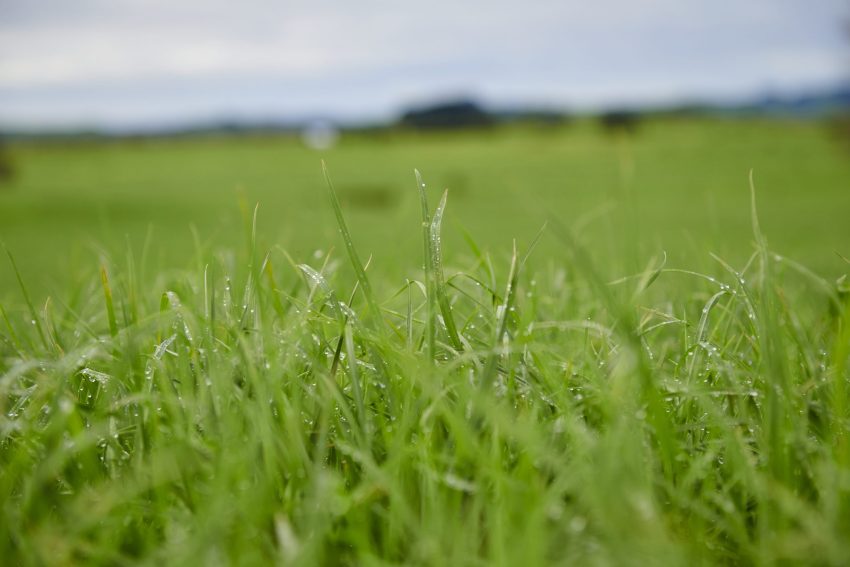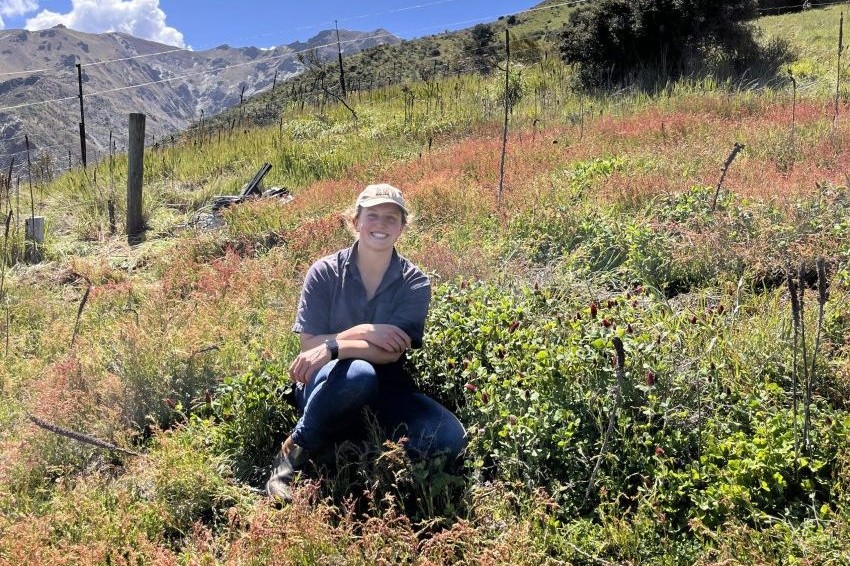BY: TOM WARD
The first requirement for pasture renewal is to identify whether it is needed, preferably 12 months before the project starts.
Paddocks to be considered for renewal should be identified by a combination of drymatter production, and where possible, liveweight and wool production. These are not necessarily the worst-performing paddocks – they should be the paddocks which give the best return from renewal.
Re-grassing, in addition to improving annual DM production, may also substantially improve seasonal production, particularly in the winter-spring period, the most valuable time for summer-dry farms.
The costs of renewal then need to be calculated, and deducted from the expected benefits. Where there is significant climatic variation (both annual and seasonal) the benefits of pasture renewal may be difficult to quantify. Especially if the longevity of the improved pasture is difficult to quantify. For example, lucerne may be subject to water-logging, or sub clover suffer in an environment which experiences very low temperatures from time to time.
In addition, to attain and preserve an acceptable economic benefit, there may need to be a change in grazing management, which is likely to affect other aspects of the farm business. Sub clover, for example, needs to be de-stocked at flowering (Oct-Nov) and at germination (in autumn).
Pastures deteriorate as they age, fundamentally impacted by soil moisture (flooding, drought, poor drainage) temperature, soil fertility, disease and pest attack, and grazing management (pugging, overgrazing, general poor grazing). If one or more of these five impacts has become a “stress” the pasture will deteriorate.
So the causes of a pasture deteriorating need to be identified, and these causes corrected or at least managed (if economically and legally possible), before a renewed pasture can be expected to succeed. For example, a pasture runout because of dairy cow pugging during winter needs to be treated with greater care if the renewal project is to have long-term benefits.
Of course, the inability to correct a ‘stress’ may also drive the pasture renewal project. For example, lucerne may give way to a ryegrass-red clover pasture if lucerne maintenance costs are too high. Ryegrass may give way to tall fescue if summer air temperatures are too hot and more clover is wanted in the sward.
Rapid re-invasion of the original pasture weeds is a common cause of farmer dissatisfaction with new pasture performance. Three glyphosate herbicide sprays, (two coming out of the old pasture, one before going back to permanent pasture) will give control of perennial weeds. The second and third sprays will kill weed seedlings before they can flower.
Planting a forage crop, either brassica, cereals, maize or ryegrass will, as a result of removing clovers, combat nematodes and clover root weevil. These pests reduce clover establishment, production, persistence, and nitrogen fixation.
Leaving a higher than usual post grazing residual at the last grazing before the first spray could allow a good burn, which would aid nematode and disease control.
If direct drilling, slugs need to be watched for. There may be a nitrogen deficit as clovers will take 12-18 months to establish, especially if direct drilling. However, if a winter crop has been grown in the programme, and heavily stocked, there could well be a significant build-up of nitrogen, to aid establishment, in the soil.
Example of regrassing
Non-irrigated class 6, easy rolling hill country near Temuka. It went from browntop, dogstail and sweet vernal; initially into kale/swedes for winter grazing of ewes, then through short rotation/Italian ryegrass, then to permanent pasture. Already satisfactory fertility and pH but a history of poor grazing control. Very variable climate which tends to summer dry.
Year 1 (2018-2019) To kale
Spray to kill pasture – two sprays by contractor. First November 5, 2018; 3L/ha Roundup and 40gm/ha Granstar, 140 ml/ha Slicker. Second spray January 9, 2019; 2L Roundup, 250ml/ha Versatil, 80 ml/ha Hammer.
Direct drilled January 12, 2019 4kg/ha Maris kestrel (kale), 1kg/ha Apparina Gold (swedes). Drilled using own gear. Fertiliser – 170kg/ha DAP +Bo, with seed, $850/t delivered. Insecticide – 4kg/ha Meterex for slugs. Insecticide spray – March 20, 2019 Minectostar @ 150g/ha by contractor.
Year 2-3 (2019-2021)To Italian ryegrass
Ploughed September 25, 2019 by contract. Rolled/disced, harrowed with own gear. Seeded October 28 with 14kg/ha “Asset” short rotation ryegrass, 6kg/ha “Relish” red clover. Fertiliser (with seed) 160kg/ha Crop 15, $700/T delivered. Weed spray – not applied – paddock was mulched instead.
Year 4 (2021-2022) To permanent pasture
Very good improvement in production from short rotation ryegrass. In 2019-2020 has grown about 7000kg DM/ha, in a very droughty year, when the remainder of the farm grew 4500kg DM/ha. Expect, between spring and autumn 2022, this paddock to be returned to permanent pasture, will be sprayed out with herbicide, direct drilled and fertilised (160kg/ha Crop 15). Seeds will be 20kg/ha AR37 ryegrass, 4kg/ha white clover.






